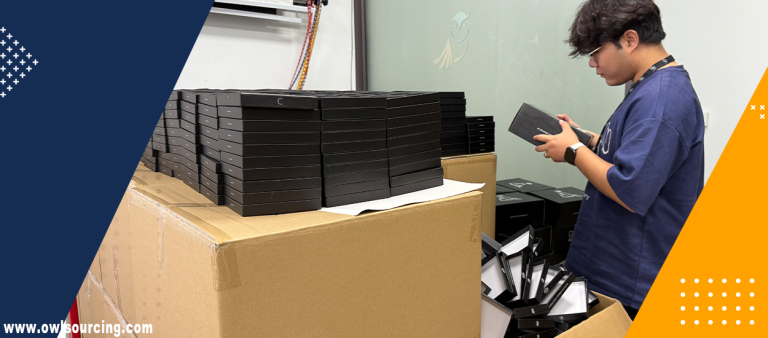Quality Control in China
Ensure every product meets your standards — Owlsourcing’s expert quality control solutions oversee your production from the factory floor to final shipment.
Product Quality Control in China
Avoid costly returns and negative reviews by ensuring your products meet the highest standards before they ship. Owlsourcing provides comprehensive product quality control across China, making it ideal for Amazon FBA sellers and e-commerce businesses. We serve as your local office on the ground, with an agile and professional QC team and a clearly defined, fully documented inspection process. Transparent pricing. No hidden fees. Schedule a free consultation with our experts today.
How We Can Help?
01
ANALYSE PRODUCTS
We start by carefully analyzing your product requirements, target market, and budget. This helps us understand your Chinese sourcing objectives clearly before initiating contact with Chinese suppliers.
02
Source Suppliers
We identify and vet credible Chinese manufacturers, receive detailed quotations, and organize sample or tooling manufacturing where necessary. After all terms are confirmed, we proceed to full-scale production.
03
Quality Control
We have strict quality control throughout the entire manufacturing process so that each product meets your standards. Our personnel check regularly to minimize risks and ensure consistency in the product.
04
Post-Sale Support & Follow-Up
We manage smooth international shipping to your preferred location. Once the delivery has been made, we offer after-sales assistance and remain in touch to follow up with feedback and enable ongoing improvement.
Product Inspection Service in China
Owlsourcing’s product inspection service in China checks quality, quantity, labelling, packaging, and compliance—reducing risks and protecting your brand’s reputation.


Factory Audit Company in China
Before you invest, inspect. Owlsourcing delivers professional factory audits across China—verifying reliability, quality systems, and production capabilities. Source with confidence to avoid making costly mistakes.
Contact us today and let us know what you need

Blog
The Shenzhen Gamble: Are Your Chinese Partners a Great Ally ...
Packaging is not just for looks. It protects the product ...
In this article, we aim to highlight the significance of ...
As the pet product industry expands, the demand for quality ...
Temu ads are everywhere, from TikTok to YouTube. The e-commerce ...
Have you seen an unbelievably cheap gadget on AliExpress? Did ...
Have you ever launched a product you were truly excited ...
Are you worried about the quality of the products you ...
What are the warranty and refund policies for doing business ...










